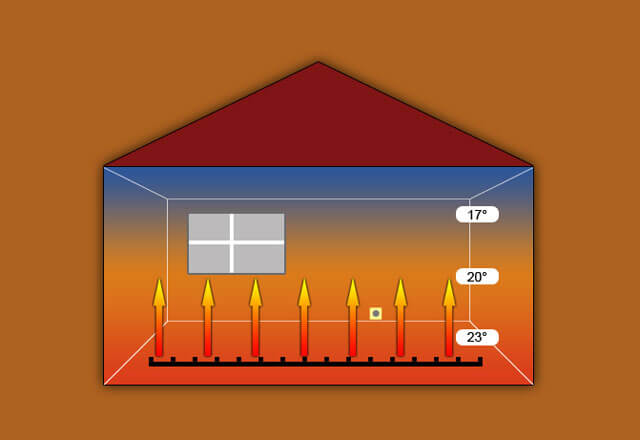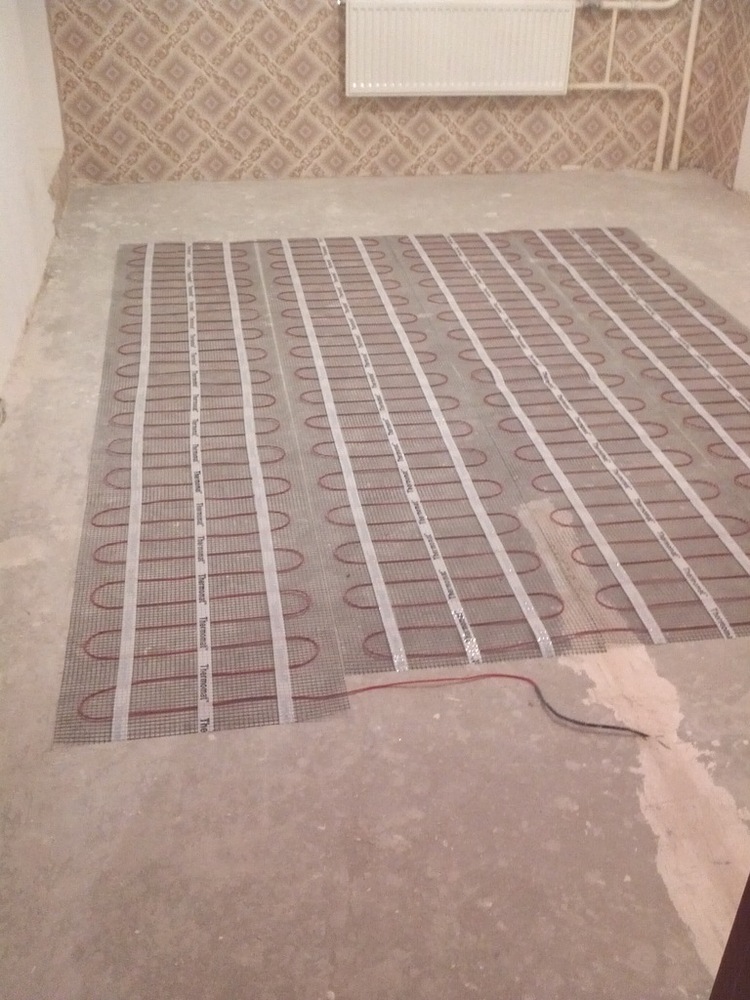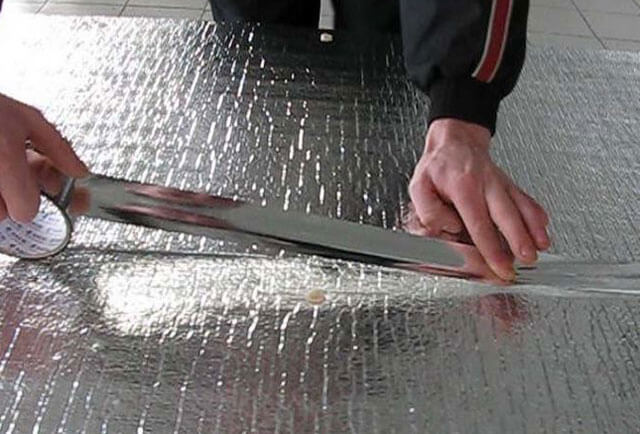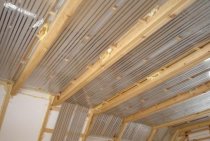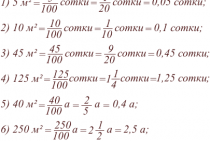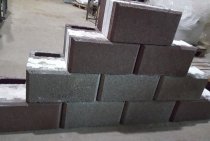What are the benefits of infrared floors
Laminated panels with their thermal conductivity are simply made for laying an additional heating system under them. The optimal solution in this case would be a warm floor - a film under the laminate. No other type of heating - water pipes, electric heating mats or cables - will not be so successful.
Infrared film under the laminate has the following differences from other types of heating:
- Possibility of smooth temperature control. Laminate is very sensitive to strong temperature fluctuations, so over time it can deform, start to creak, and gaps will appear between the lamellas. In the case of water heating, its heating can only be controlled if it is autonomous and equipped with a thermostat. However, such a system also requires pouring an additional screed that raises the level of the floor, which is not always appropriate and feasible indoors.
- No need for additional screed. IR warm floor under the laminate does not need to fill an additional screed. But other electric type warm floors, like heating mats or heating cables, are based on the principles of resistance, so they need to be poured with a screed. In addition, these types of heating heat the surface unevenly.
The infrared film floor is very well suited for laying under a laminate. Its thickness is less than 1 mm, so it does not have any tangible effect on the level of the floor covering. In addition, laying the infrared floor under the laminate is much faster and easier, because there is no need for additional time and money to fill the screed (read: "How to make a warm floor under the laminate").
Benefits of underfloor heating film:
- uniform distribution of heat throughout the room;
- heating efficiency, as well as energy saving of infrared heating systems - 30% higher compared to resistive warm floors;
- the heating temperature of the film does not exceed 30-40 ° C, which does not harm the laminated panels;
- the density of the arrangement of elements that emit heat waves ensures uniform heating of the room;
- quick start of heating the room;
- ease of installation, dismantling and movement, as well as the durability of the heating system - reaches several decades;
- does not dry the air in the room, eliminates unpleasant odors, ionizes the air, contributing to the anti-allergic effect.
Choosing underfloor heating for tiles
Despite the fact that we stop only at a warm field powered by an electric network, the list of different solutions remains wide.
Any construction, including underfloor heating, begins with the purchase of tools and materials. First of all, you need to choose accessories for the underfloor heating system, which can be sold as ready-made kits. Buying a ready-made kit is one of the best decisions, because you don’t have to worry about component compatibility and other subtleties.
There are different types of electric floors: separate cables laid on a substrate, infrared systems, but if you came here with a question about how to install a warm floor under a tile, electric mats are the best solution for you.
Installation of mats
Cable mats are a mesh on which a conductor is fixed with a snake. The carbon rods are connected on both sides with a wire. Mats are produced in rolls. They are rolled out on the surface of the floor.
If it is required to lay 2 tapes, then the mats are turned, but the cable or rods are not cut. Violating the integrity of the heating elements is not recommended. Cut the mesh or wire that holds the rods or cable.
The cable on the grid remains unchanged. An additional connection is used to connect to the thermostat.Carbon tapes need to be connected to each other in a parallel circuit. To do this, use the "UKC" connection kit.
The conductor from the first mat is connected to the thermostat. Close the mats with a 4-5 cm screed or tile adhesive. In this case, the flooring is immediately carried out.
Preliminary preparation of the base
If it is planned to install an infrared floor under a laminate on a concrete base, then it must be properly prepared - leveled, reinforced, primed and dust-free. Next, they proceed to preparing it for laying film elements.
The screed is removed from dust, dirt and any microparticles with a vacuum cleaner.
Under the heating elements, in order to save electricity, a thermally insulating foil substrate is laid. The thickness of this layer is 2-3 mm.
The foil layer is laid with the metallized side out. Such a substrate is attached to the floor with double-sided tape, and the seams between the canvases are glued with adhesive tape.
